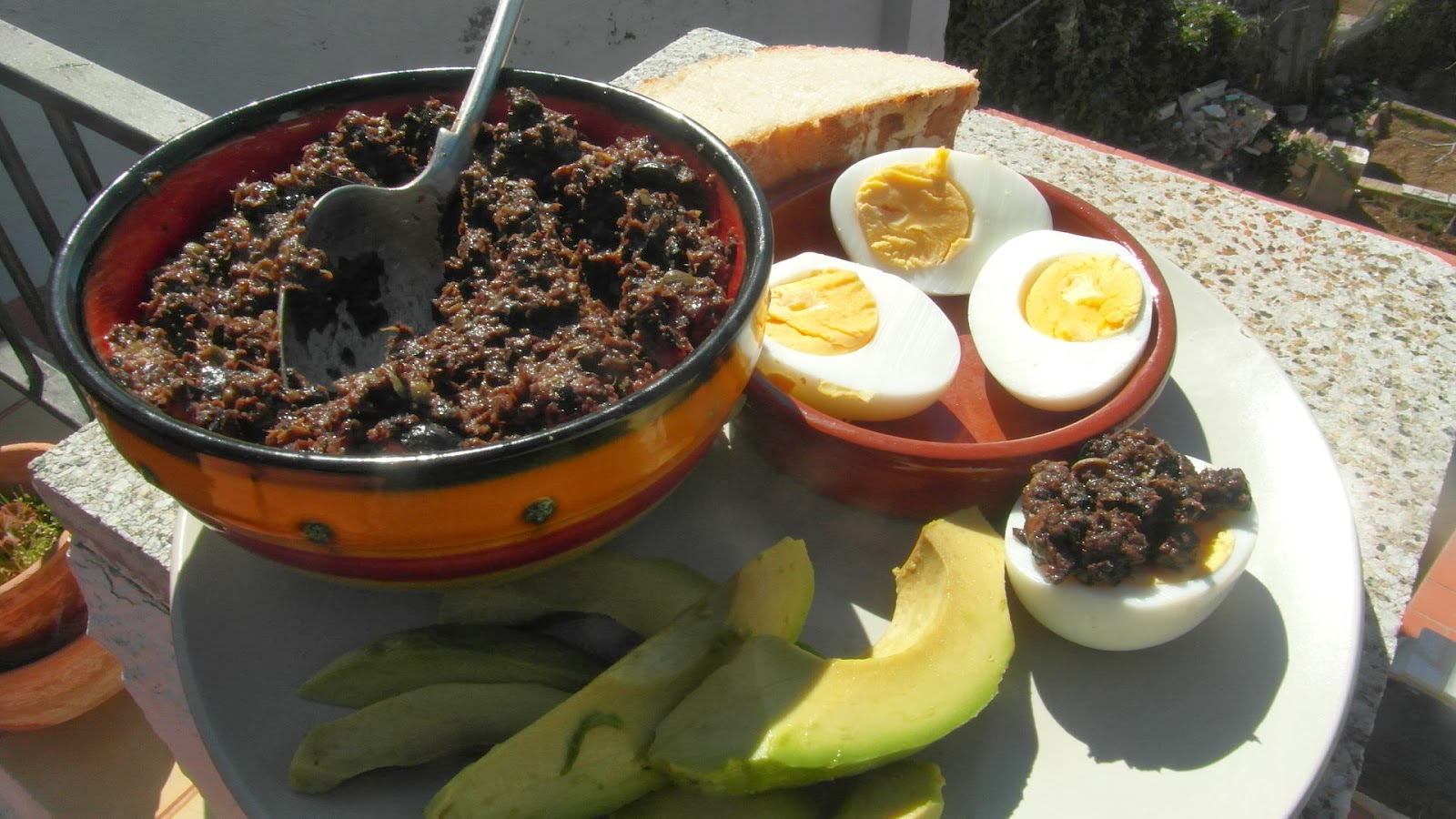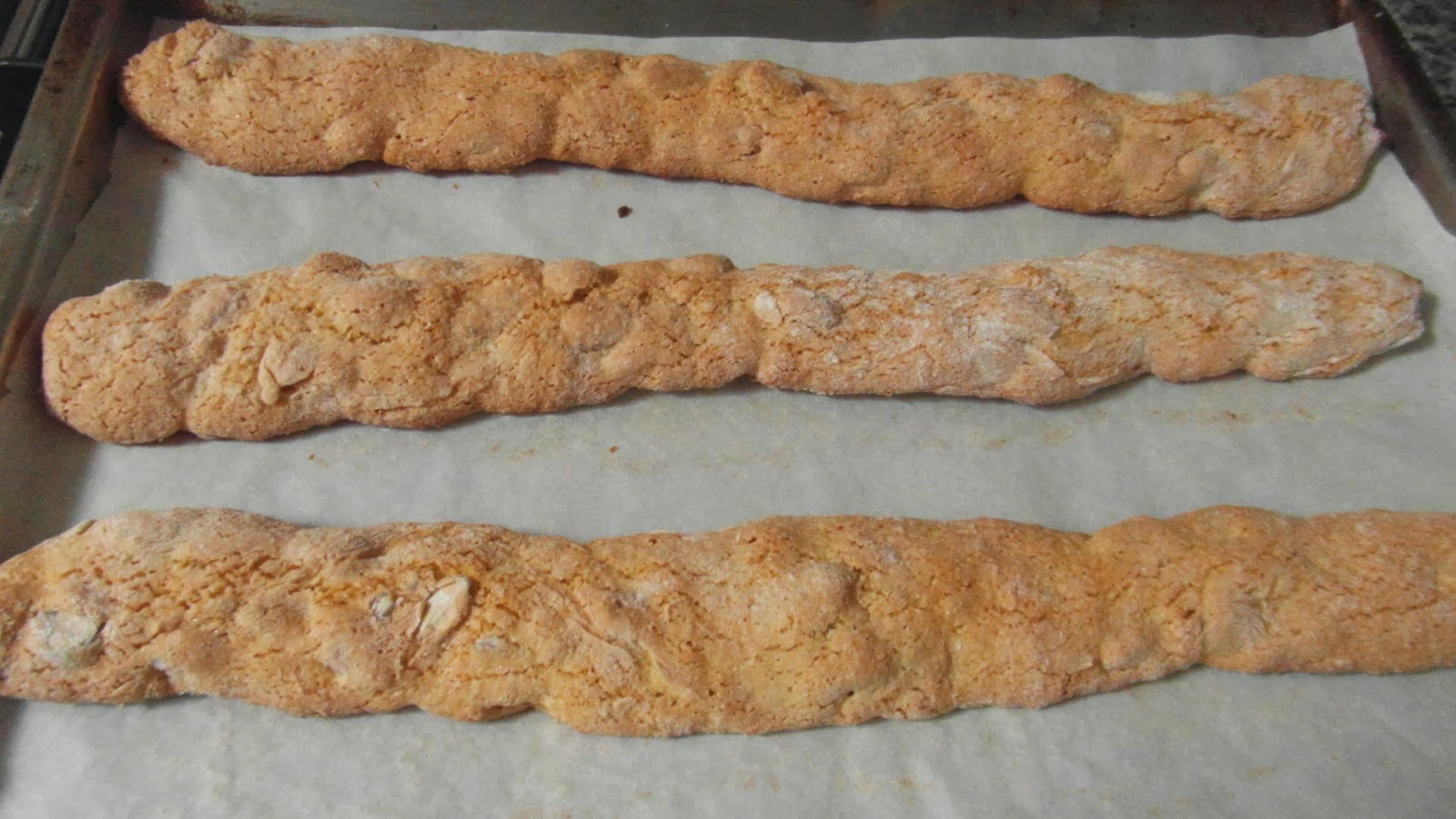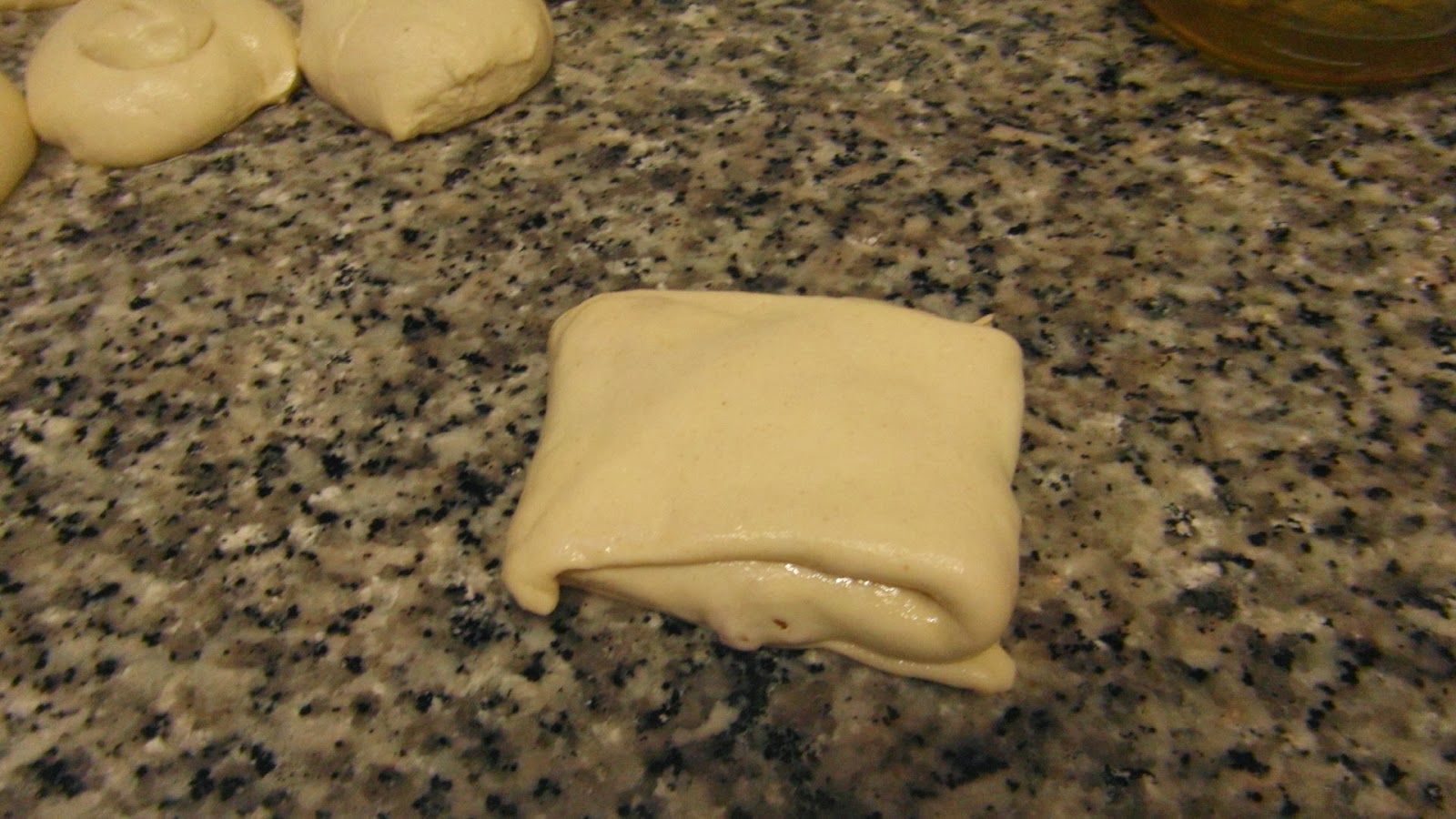The spring vegetables are here, broad beans, peas, spring onions and fresh garlic. The cherries are starting to turn pink and the birds are starting to gather around ,it won't be long before we hear the melodious song of the Golden Oriole, a lover of cherries. The Hoopoe, Bee Eater and Swallow have already arrived and are busy nest building, spring is finally here..
I'm having a good crop of broad beans this year but I have had to spend quite a bit of time wiping the black fly off the pods and leaves. The ants, well they are always present in my veg garden. Luckily for me that the garden is full of ladybirds, so help is at hand.
This dish of broad beans is served as a tapa in bars but can also be served as a starter but I must warn you that it is very rich in flavour. I have included white pudding, not easily available outside of Spain, so this can be omitted but the black pudding cannot as it is an integral part of this lovely dish. A trip down the butchers to buy the meat and at the same time I picked up a few tips. I was told some people add a small glass of white wine, some add a glass of sweet muscatel wine and some a splash of anise based alcohol. The choice is yours to experiment.
Serves 4 as a starter
Ingredients
1 kg of fresh, tender broad beans, shucked weight
2 spring onions, the large type
2 fresh garlic cloves
200 g pork belly
150 g black pudding
150 g white pudding, optional
100 g Serrano ham or pancetta
1 bay leaf
2 ripe tomatoes
sprig of mint
large pinch of aniseed
Olive oil
Salt and Pepper
How to go about it
Prepare the meat, cut the pork belly and ham or pancetta into strips. Slice the puddings into half moon slices. Finely chop the onions and garlic. In a frying pan heat some olive oïl and add the pork and ham and gentle fry until they start to give their fat, add the onions, garlic,bay leaf and anise. Gentle cook this until the onion is transparent. Cut the tomatoes in half and grate the tomato over the pan leaving behind the skins, let this cook gentle for about 10 minutes. Add the broad beans, season with salt and pepper and cook for 10 minutes, moving the beans constantly. Lastly add the black and white pudding and the few leaves of torn mint, cook for 5 more minutes.























































